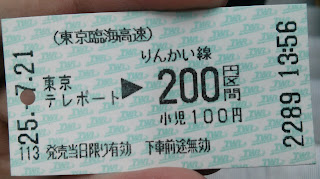To get back, I took a bus to the airport and that it where my unlucky streak continued. Having 200 MB left, I tethered my phone to my computer to use the Internet on the bus and make plans back in Thailand. And then, 200 MB disappeared in the blink of an eye! At first, I thought that it was because I was browsing the web on my computer too much, but in fact, it was due to another reason.
For some reason, Google services decided to use 183 MB. At first, I thought it was just my luck, but when one of my friends also complained with a similar amount, I knew it was no coincidence and the size looked similar to an OTA. Pulling out my laptop and reading the logcat, I discovered that it was the 4.3 OTA that everybody has been waiting for, but it came at the wrong time for me! Luckily, the airport has free Wi-Fi, so I'm not stuck waiting without the internet.
But upon arriving at the airport, I've discovered something else. The Thai Airways checkin counter opens at 3 pm, leaving me with 2 hours having to drag my bag around everywhere. There is a coin locker, but I don't feel like spending 500 yen just to store my bag for a few hours.
 |
| Empty Thai check-in counter |
 |
| The Airport Mall |
 |
| My lunch — Doria Mushroom & Meat |
After shopping around for a while, it's finally time for check-in. The queue was very very very long, but I could bypass the queue because I've used internet check-in. However, I don't really understand the point of internet check-in at all. What does the airline get by getting me to login and click a button on their website?
 |
| Tbe queue overflowed the area for the check-in counters! |


















































